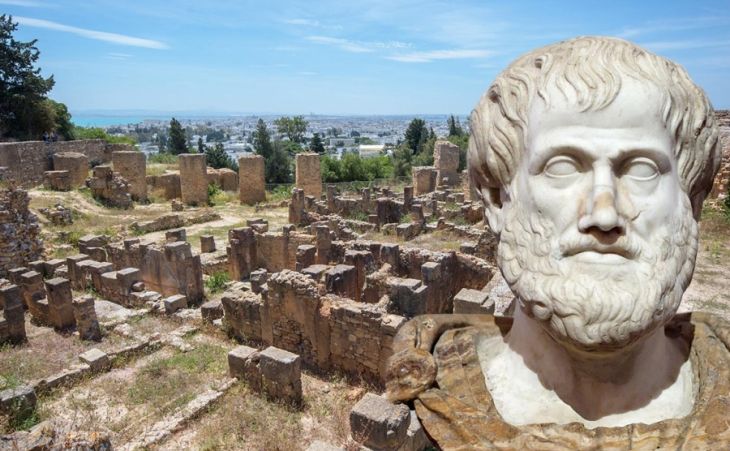In the 9th century BC, the city of Carthage was founded on the Gulf of Tunis in present-day Tunisia. Starting from the sixth century BC, Carthage established a preeminent merchant empire, stretching from southern Spain to Libya via Tunisia, its central land. As it became a wealthy civilization akin to the Romans and Persians, numerous monuments and constructions were erected in Carthage. This empire engaged in many wars, particularly against the Roman Empire, and it was finally in 146 BC that the Carthaginian civilization was extinguished, conquered by the Romans. A second Carthage, styled after Roman architecture, was rebuilt on the ruins of the old kingdom. Come and discover the Carthaginian and Roman remains of this rich empire dating back to antiquity!

The site is a UNESCO World Heritage Site and represents the cradle of Carthaginian civilization and the Punic language. Destroyed and then rebuilt by the Romans during the Third Punic War, numerous Roman architectural structures were constructed, which today make up an archaeological site of rare value, bearing witness to nearly 2000 years of history.
The archaeological site of Carthage is home to remains that are mainly Roman but also include Carthaginian, Vandal (an East Germanic people), early Christian (pertaining to the origins of Christianity), and Arab elements. Within this site, one finds the Punic ports, necropolises, amphitheater, basilicas, the Byrsa acropolis, the Antonine Baths, and the Malaga cisterns.

The presence of the ancient ports of Carthage attests to the grandeur of the merchant empire, a true commercial and cultural hub of antiquity. Both Phoenician foundations and Roman constructions demonstrate the significant influence Carthage had on the development of arts, urban planning, and architecture in the Mediterranean basin. Carthage is one of the few places where remnants of the Phoenician-Punic culture are visible. It also served as an important center for Africo-Roman civilization, as the city, once taken over by the Romans, was transformed into the capital of the proconsular province of Africa, a bastion of the Republic and the Roman Empire on the African continent.
From the twentieth century onwards, the site of Carthage was urbanized in an uncontrolled manner. However, the archaeological site still retains its principal remains, representing the ancient city: forum, theater, baths, temples, houses, etc. The preservation of the site allows for the almost intact conservation of all these structures, and restoration work has been ongoing since 2009 to protect this place of ancient history and culture as much as possible.
Here are more photos that will inspire you to immerse yourself in ancient Carthage:


